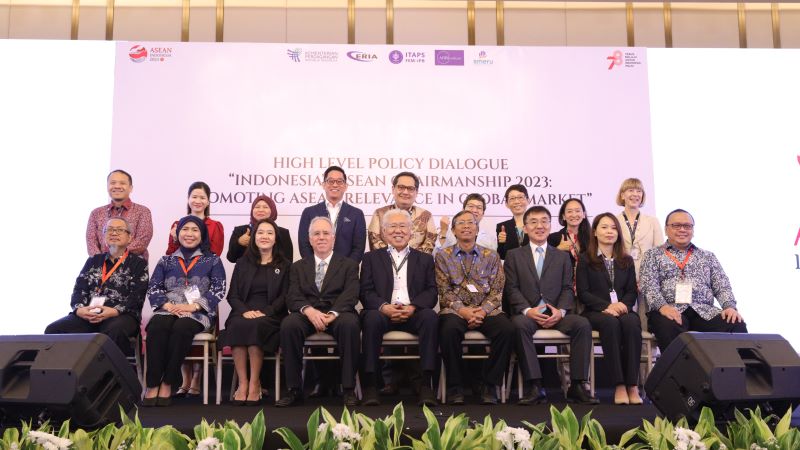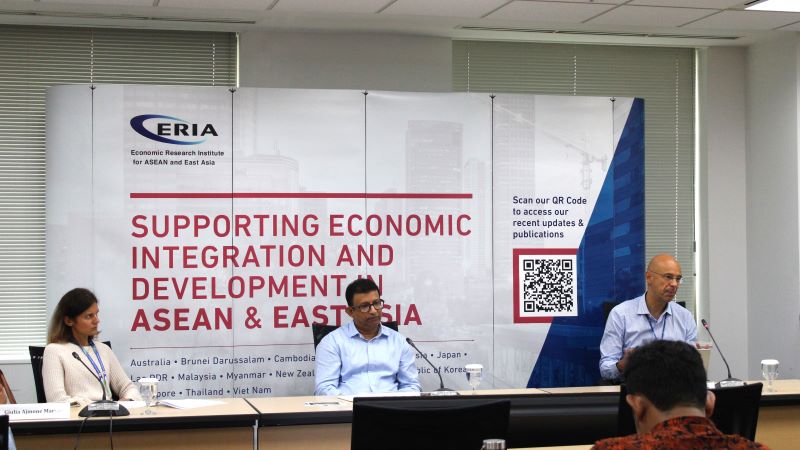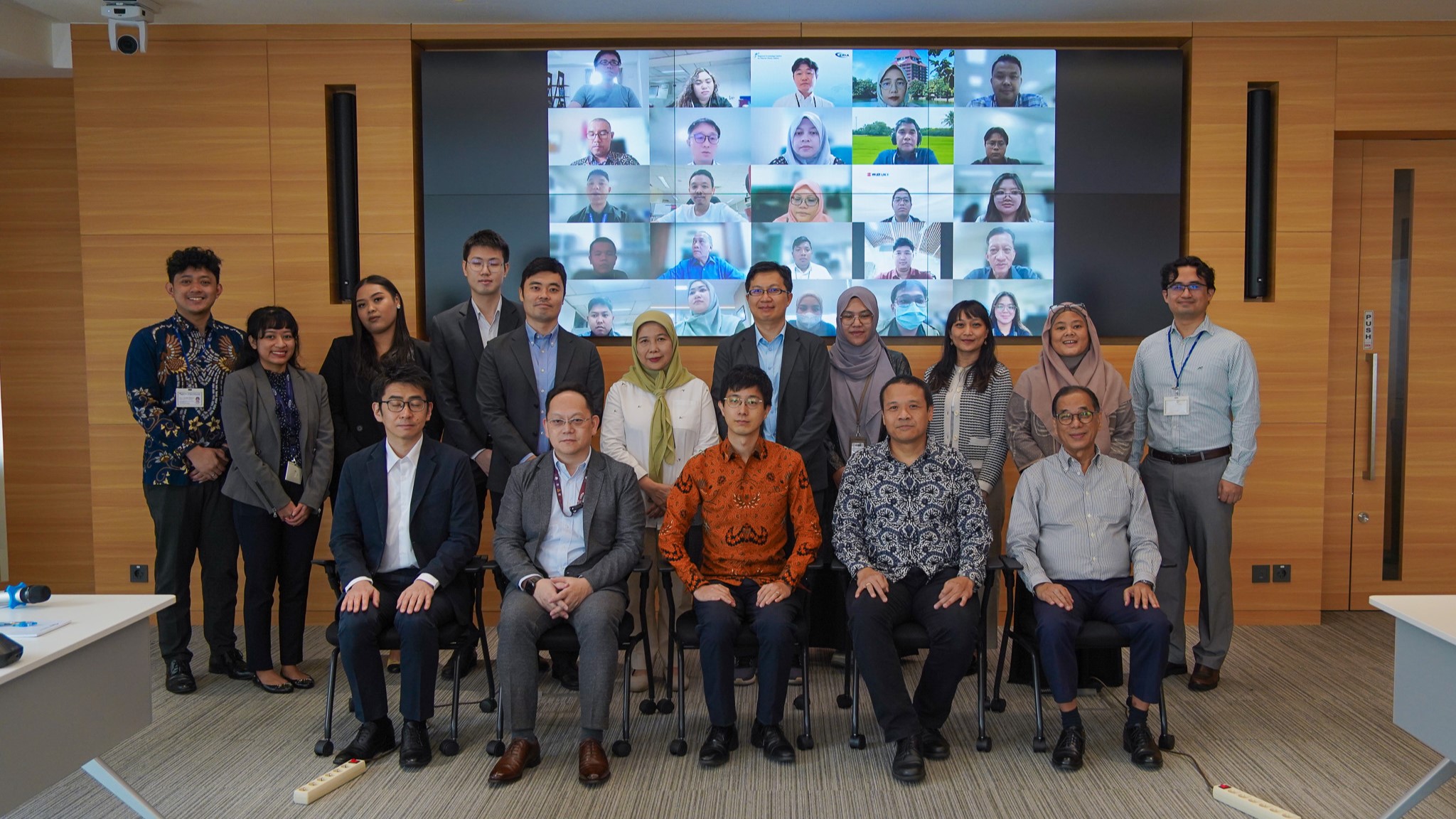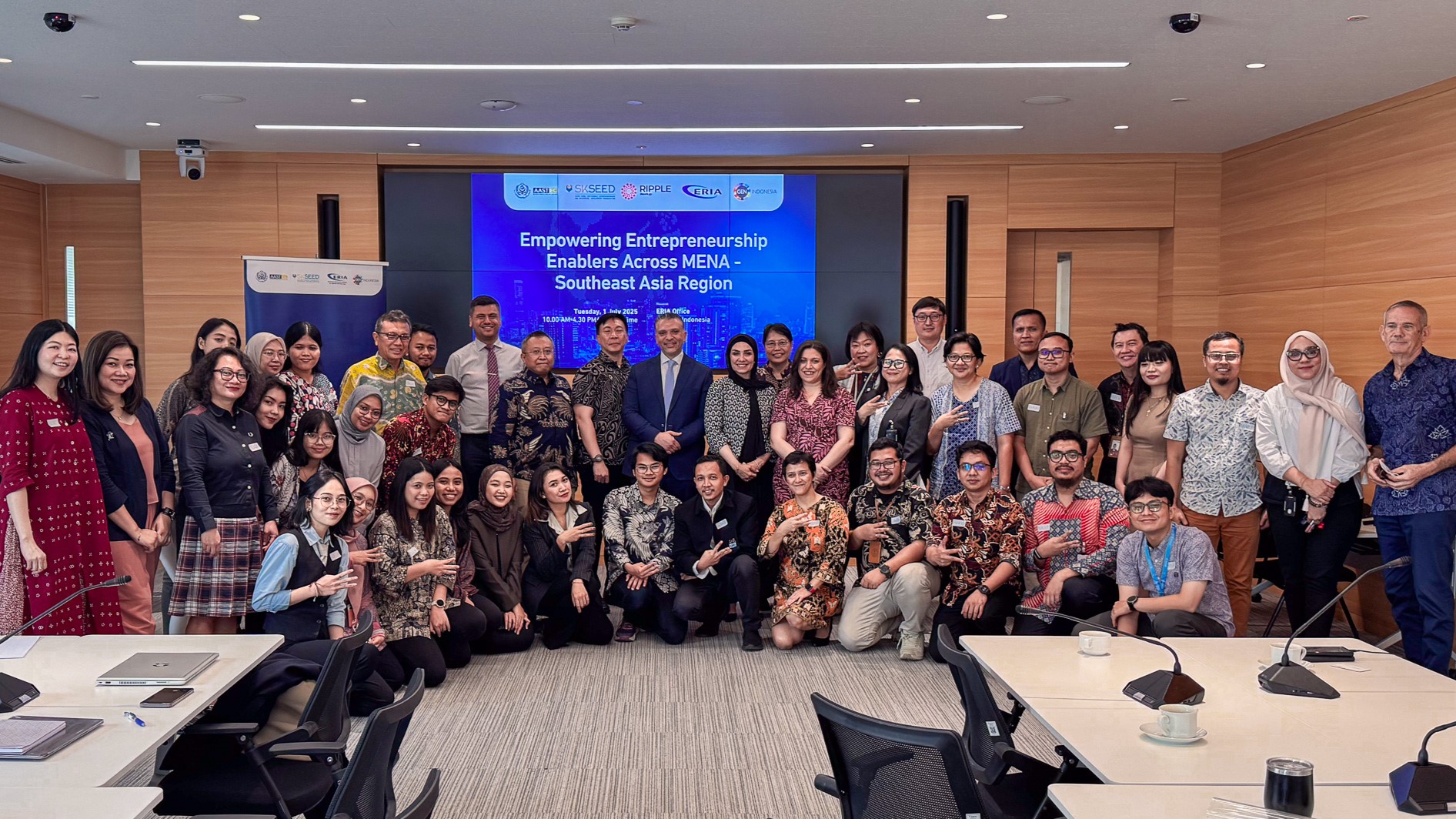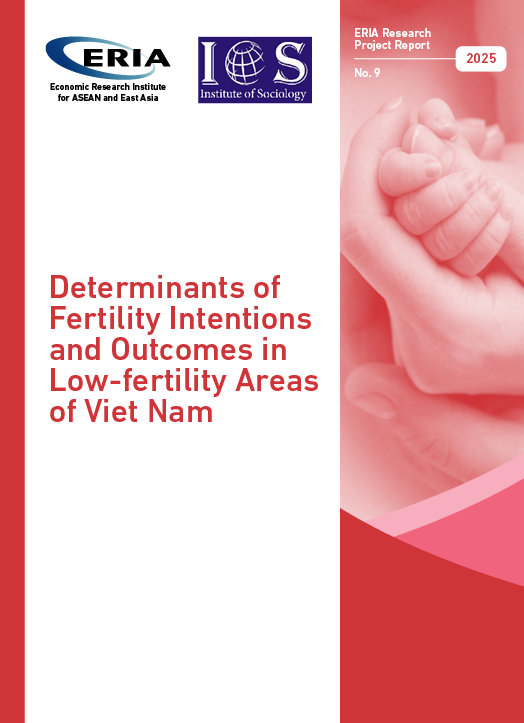Tackling Connectivity Issues Vital to Participating in Global E-Commerce
Date:
30 September 2017By:
Lurong ChenCategory:
OpinionsTopics:
Digital Economy, E-commerceShare Article:
Print Article:
By Lurong Chen
Cross-border e-commerce has been a major development trend of international trade and globalization, which provides ASEAN and East Asia with greater opportunities. However, the digital economy presents both opportunities and challenges, and the difference between them is determined by each country's economy, geography, politics, society, culture, as well as market reactions to the new trend of economic digitalization. Among all determinants, connectivity is the cornerstone of development.
E-commerce connectivity involves networks and links in four layers: (i) the smooth exchange of data and information (connectivity for information flow), (ii) the delivery of goods and services (logistics connectivity), (iii) the payment (connectivity for cash flow), and (iv) the seamless links between the virtual and physical part of an e-commerce network (integrating connectivity).
Connectivity for information flow
First, the development of e-commerce demands more stable and affordable internet connection with higher speeds. There are wide gaps in development despite Asian countries' efforts in pushing Information Communications Technology (ICT) infrastructure. This is evident in the difference in internet speeds across countries as well as that within the country. Overall, the quality of regional internet infrastructure looks satisfactory compared to the world average level from the aspect of either the average or the peak speed of internet connection. At the country level, the average internet connection speed in the region ranged from 20.3 Mbps in Singapore, ranked 7th globally, to 5.5 Mbps in the Philippines, ranked 100th. The peak internet connection speed in the region ranged from over 180 Mbps in Singapore, the world's no.1, to 42 Mbps in the Philippines, 97th in the world.
The picture is less optimistic when looking at the rate of broadband adoption. Not many Asian countries met the world average level. The gap between the region and the world's most connected seem to get wider at higher tiers of broadband speeds, showing that Asian countries are still in the catch-up process in pushing ICT infrastructure. And within the country, the problem of uneven development in ICT infrastructure is quite significant.
Technically, fibre-optic cables are the most efficient media to 'carry' data despite the rise of satellite use. When using a mobile phone, the connection is only wireless between the device and the nearest cell phone towers. Data is carried over terrestrial or/and sub-sea fibre-optic cables. Fundamentally, building a fibre network is a crucial part of establishing a digital economy. Compared to traditional fields of infrastructure, fibre technology is progressing rapidly. Building, maintenance, and the upgrade of fibre networks require sustained input capital, technology, and managerial efforts. These pose some challenges common to all countries in the world. But Asian countries face some extra difficulties due to highly dispersed geography and large populations. Additionally, there is also a 'budget problem' to solve, especially among capital-scarce countries.
Economically, factors like broadband penetration, the utilization of broadband infrastructure, and applications are likely to enhance national aggregate outputs. Unfortunately, the development of ICT-related infrastructure in Asian countries is uneven. For instance, the entry-level broadband connection in Singapore is much faster than that in Cambodia, Lao PDR, and Myanmar. However, in relative terms, the differences in wireless broadband are narrower than that in fixed wired broadband, but the differences across countries are still quite significant. Region-wide development gaps in building ICT infrastructures may also imply high costs to connect the networks among countries as well.
Logistics connectivity
Second, while e-commerce allows people to do business online, it still needs logistics to deliver the traded products. And logistics involves trade cost, safety, security, reliability, transparency, flexibility, and efficiency. The nature of e-commerce puts higher demands on speed and transparency, including challenges to storage, parcel delivery, and express postal services, leading to additional efforts from both physical connectivity and trade-supporting services.
For developing countries in Asia, there are still obstacles from poor quality of roads, incomplete road and railway networks, inadequate ports, and problems in energy supply.
Connectivity for cash flow
Third, e-payment is the vital bridge between the virtual and physical part of e-commerce. Its basic function is to provide technical solutions for buyers to pay for goods and services bought online although the money transaction could be either online or offline. Currently, various solutions are available in the market, including cash on delivery, prepaid, credit cards, debit cards, e-banking, mobile payment, smartcard, e-wallets, etc. The existence of various payment modes is indeed a positive factor in promoting the growth of e-commerce, as the diversity gives consumers space to choose their preferred ways to pay.
Ideally, e-commerce development looks for an e-payment system that can accommodate those existing market solutions (those mentioned above) and keep open for new approaches in the future. Rather than simply a network of payment, it should be a service platform that can ensure transition security, trace credit records, and offer consumer protection. Security, privacy, creditability, reliability, and efficiency are among the actors to be considered. It will be a resource-intensive (i.e. capital, technology, human capital) project to build and maintain the e-payment system. This will be a big challenge to those Asian countries whose domestic banking and financial sectors are still not of international standards.
Integrating connectivity
Fourth, e-commerce supporting connectivity needs extra effort to smooth the connections between different countries and coordinate the interactions among the three functioning networks (information, logistics, and cash flows) mentioned above. Seamless links between the virtual and physical parts are vital to the functioning of the whole network. This calls for service sector development through multilayer cooperation, including public-private partnership, inter-institutional cooperation, sub-regional cooperation, and the coordination among different departments of the government.
From a regional perspective, a common challenge in all four aspects of connectivity comes from development gaps existing across different parts of the region, especially between metropolitan cities, and remote and rural areas. Therefore, overall regional connectivity is to some extent limited. In this regard, regional effort to improve connectivity in less developed countries and remote areas should receive more attention and support.
This opinion piece has been published in Bangkok Post, and Jakarta Post. These opinions are his own and do not necessarily represent ERIA.Click here to subscribe to the monthly newsletter.

